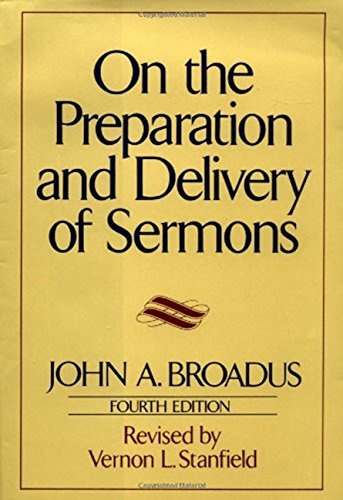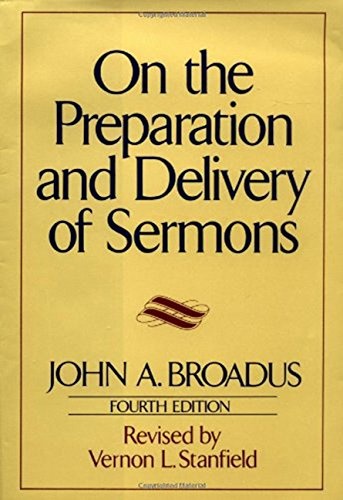The Text
1. MEANING OF THE TERM
The word "text "is derived from the Latin "texere "("to weave"), which figuratively came to signify to put together, to construct, and hence to compose, to express thought in continuous speech or writing. The noun "textus "thus denotes the product of weaving, the web, the fabric, and so in literary usage the fabric of one's thinking, continuous composition. The practice arose of reading the continuous narrative or discussion of some author and adding comments, chiefly explanatory, or of taking the author's own writing and making notes at the sides or bottom of the page. Thus the author's own work came to be called the "text," as distinguished from the fragmentary notes and comments of the editor or speaker. This use of the word still survives, as when we speak of the text of ancient authors or others, meaning their own original composition; and textual criticism is the science of determining what was their exact language. Early preaching was of the nature of running commentary on the connected train of thought, or text, of Scripture, which was so named to distinguish it from the preacher's comment or exposition. As the practice grew of lengthening the comments into an organized speech and of shortening the passage of Scripture used, text has come to mean the portion of Scripture chosen as the suggestion or foundation for a sermon.
2. USE OF THE TEXT
The history of the word text, like that of homiletics, points back to the fact, which is also well-known otherwise, that preaching was originally expository. The early Christian preachers commonly spoke on passages of considerable length, and their sermons were largely exposition.This practice was modified, and the use of a short text or a brief passage became common. In the early twentieth century, it was not uncommon to have a sermon without a text. At the present time, the expository sermon is gaining in popularity.
In this whole matter of using texts, the law is value, not custom. Let the preacher decide. The important thing is that the sermon must be Christian in content and spirit and purpose. One may take a text and still preach a sermon that misses the mark of being Christian; on the other hand, a sermon without a text and without formal Scripture reference may be thoroughly Christian. And merely to follow a cult of novelty or to copy some admired rebel against convention is quite as bad as following tradition. Let the preacher have a reason for what he does. Sometimes he may omit a text because no suitable text can be found for what he wants to say. But this should rarely occur, for as Dr. Coffin suggests,
if within the ample range of the biblical literature a preacher cannot find a text for what he wishes to say, the chances are that he is deviating from the historic faith of which he is a teacher.
Occasionally he may see value in preaching without a text for the sake of variety. Or again he may deal with a number of passages, no one of which is suitable for a central text. But as a general rule, the objectives of the sermon are better realized with a well-chosen text.
3. RULES FOR THE SELECTION OF A TEXT
The proper selection of a text is a matter of major importance. The minister, or student for the ministry, should keep a notebook for lists of texts. In reading the Scriptures and books of theology, in reading collections of sermons,biographies, in casual reflection, and in the preparation of other sermons, passages will be constantly appearing upon which the preacher could base a sermon. These should be recorded at once. The preacher should discipline himself to do so until it becomes a habit. And he should by all means put down at the same time, however briefly, the proposed outline of the sermon, or any specially valuable view or illustration of it that may occur to him. Otherwise, he will find many passages in the list that will have little meaning to him because the association will have been broken, the point of view will have disappeared. At times the minister will think of plans of sermons or suggestive texts or topics in rapid succession. These ideas should be carefully preserved. Many good texts and creative ideas are forgotten, when a brief note or even some little effort to associate them with other things might have retained them.
To aid in the selection of texts, the following rules are offered.
1. The text should be clear. As a rule, its meaning should be obvious. Otherwise, the people either will be repelled by what they see no sense in, or they will have only idle curiosity concerning what the preacher will make of the text. Still, there are important exceptions. If the preacher is satisfied that he can explain an obscure passage and can show that it teaches valuable truth, he may take it. If the passage is one in which many are interested, and he is really able to make its meaning clear and bring out useful lessons, it may be very wise to use it. But remember the difficulty of making the passage instructive and useful. To explain merely for the sake of explaining is a task for which thepreacher scarcely has time.
2. Rarely use texts with especially eloquent language. They may seem to promise too much. And if great expectations are raised at the beginning, it is, of course, very difficult to meet them. Yet no one would say as a rule that such texts must be avoided. Many of the noblest and most impressive passages of Scripture have a natural grandeur of expression, and there would be serious loss in habitually avoiding these. Sometimes a simpler text may present the same subject, and the more elaborate passage can be introduced elsewhere in the course of the sermon.


